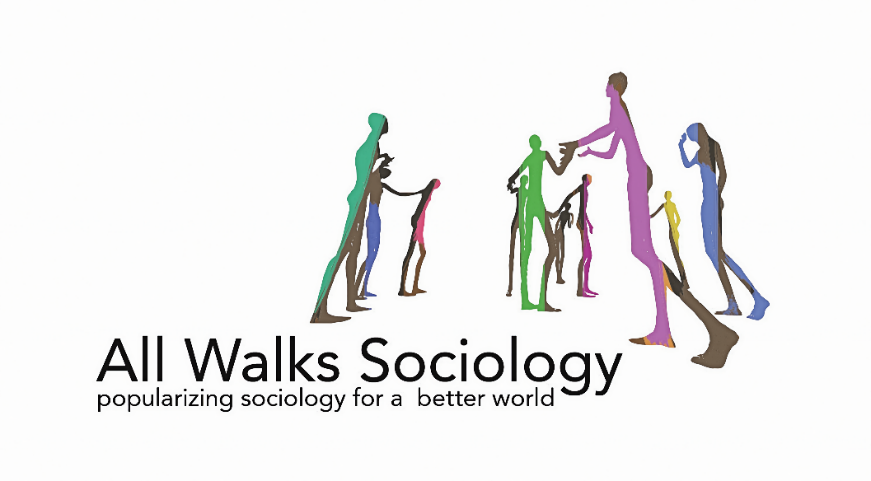
Envisioning Tomorrow: The Sustainable Cities of 2050
This article explores the innovative concept of “forest cities” as a sustainable urban solution for the future, particularly against the backdrop of a rapidly growing global population projected to reach 9.8 billion by 2050, with 70% expected to live in urban areas. Forest cities aim to integrate extensive greenery and biodiversity within urban environments, contrasting traditional concrete-based cities. Notable examples include Lushao in China, which features significant vegetation to absorb carbon dioxide and improve air quality, setting a precedent for eco-friendly living. Projects in Malaysia, the UAE, and India further illustrate this trend, emphasizing self-sufficiency, renewable energy, and disaster resilience amidst climate change challenges. The article showcases how these urban models can enhance residents’ mental health, reduce pollution, promote biodiversity, and lower urban temperatures, ultimately creating healthier living environments. Additionally, innovative designs like the Oceanic City concept demonstrate the potential for adaptive urban planning that accommodates rising sea levels and extreme weather events, reflecting the urgent need for cities to evolve responsibly and sustainably. These developments signify a transformative shift towards urban planning that harmonizes human habitation with the natural ecosystem.
This site provides information on sociology, related disciplines, and diverse topics of interest. You can start to navigate this rapidly growing collection here: https://allmylink.me/AtN.
Website:
https://www.allwalkssociology.com/
Instagram:
